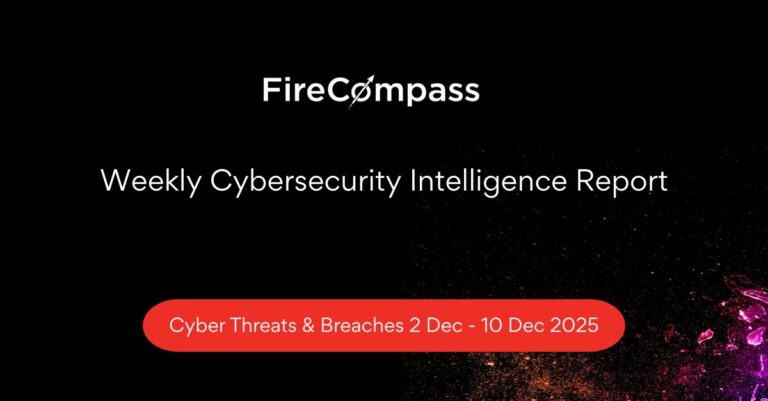Shadow IT refers to IT applications and infrastructure that are managed and utilized without the knowledge of the enterprise’s IT department. Shadow IT risks exists in most organizations but most IT leaders and CISOs underestimate about its reach. In this blog, we will uncover the important facts that every business leader should understand about Shadow IT. Shadow IT is a term used to describe IT systems and IT solutions built and/or used inside organizations without approval by (or knowledge of) the IT department.
Even if you know it or not, Shadow IT is alive and well in your business. Even if it’s only practiced by a few employees, or even if it’s only a few unauthorized applications, Shadow IT is a problem faced by every business.
1. Shadow IT Is Not New:
The “Shadow IT” buzzword has exploded over the last few years. But, it is not new at all. Business users/employees have bypassed IT departments for ages. They have been adopting unauthorized tools and using personal devices in the workplace for years.
The problem is, it is far easier now than it ever was in the past. Users/employees can search the web, find a new solution to the problem in minutes. When the alternative is placing a request to the IT department, and then they have to wait around. One of the main reasons for Shadow IT in any organization.
Gartner predicted that by 2020, one third of successful attacks will be because of Shadow IT. 30-40%of large organizations’ IT spending goes to Shadow IT. With cloud adoption, things are getting increasingly tougher for CIO/CISO.
2. Shadow IT Is Worse Than What You Think:
Many organizations are thinking that Shadow IT may not applies to them as their users aren’t bypassing the IT department. so why to worry about Shadow IT?
But, how can you be really sure? By its very definition, Shadow IT is practiced on the stealthy way. Chances are, it is happening in your business with or without It department’s knowledge.
In fact, it’s probably much more prevalent than you realize. Recent studies revealed that IT leaders mostly underestimate the use of Shadow IT in their organizations. Here’s the crazy fact: On average, Shadow IT usage was 15x worse than they were estimated!
The fact is, Shadow IT is like an iceberg, which can be seen as small above the surface, but it’s far bigger than what you realize.
Unless the IT department has utilized some specialized discovery tools, they are not likely aware of them. This means the organization has no idea how their security posture is, what kind of risks they are exposed to, or where the sensitive data is.
3. Shadow IT Increases Attack Surface:
Shadow IT expands the attack surface and can be used to access sensitive data from file-sharing and communication tools. Every new application gives attackers/hackers another way to get into your systems to get sensitive data.
4. It’s Not Revolt:
Most common reaction from CISOs/CIOs/IT leaders when they discover Shadow IT is anger or surprise. They will discover that though they are spending considerable time in managing the organization’s technology and ensuring that their users have secure access but still users/employees are creating risks.
But you have to understand the fact that Shadow IT is not a rebellion and end users are trying to find solutions to work efficiently.
5. Shadow IT Is Not All Bad:
Shadow IT is not a threat necessarily – it can be an effective way to meet changing business needs and forge tighter alignment between IT and the business. CISOs must be vigilant about identifying, assessing and managing these unofficial systems to ensure risks are minimal. CISOs need to trust the business units to choose the software and apps they need, and then assist them in making the most of these technology investments.
6. What Is The Solution?
Shadow IT will open up to many security risks of business such as enterprise security risks, data privacy risks and compliance risks. Whenever the organization purchases and uses third party services (Software) without ITs knowledge, they might put sensitive data at risk. But there are solutions.
- Shadow IT Discovery
- Identifying the needs unmet
- Giving the users the tools, they needed
- Creating awareness to Users
To know more about the ways to reduce Shadow IT Risks – Click here
Reference:
https://www.fireshadows.com/shadow-it-risks-4-ways-to-reduce-them/
https://www.mrc-productivity.com/blog/2016/05/6-facts-you-must-understand-about-shadow-it/











